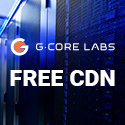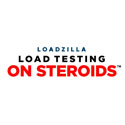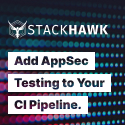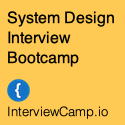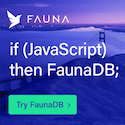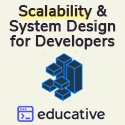VoltDB Decapitates Six SQL Urban Myths and Delivers Internet Scale OLTP in the Process
 Monday, June 28, 2010 at 7:36AM
Monday, June 28, 2010 at 7:36AM 
What do you get when you take a SQL database and start a new implementation from scratch, taking advantage of the latest research and modern hardware? Mike Stonebraker, the sword wielding Johnny Appleseed of the database world, hopes you get something like his new database, VoltDB: a pure SQL, pure ACID, pure OLTP, shared nothing, sharded, scalable, lockless, open source, in-memory DBMS, purpose-built for running hundreds of thousands of transactions a second. VoltDB claims to be 100 times faster than MySQL, up to 13 times faster than Cassandra, and 45 times faster than Oracle, with near-linear scaling.
Will VoltDB kill off the new NoSQL upstarts? Will VoltDB cause a mass extinction of ancient databases? Probably no and no to both questions, but it's a product with a definite point-of-view and is worth a look as the transaction component in your system. But will it be right for you? Let's see...

